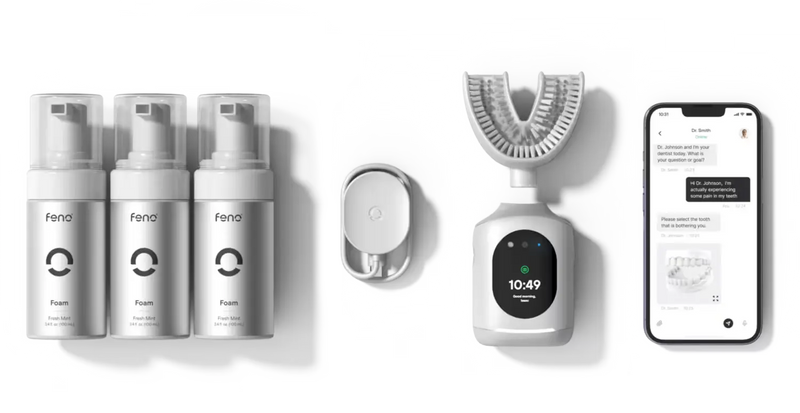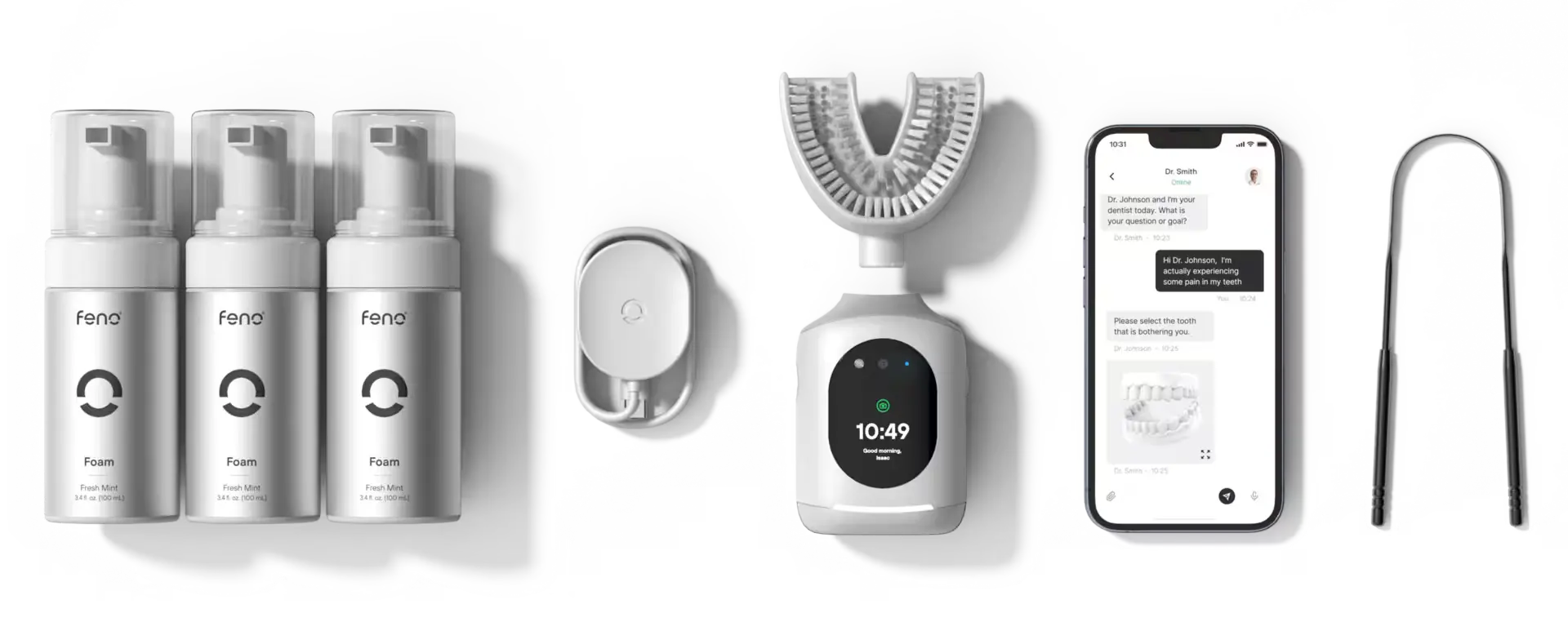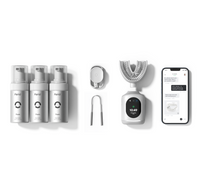
The Hidden Warning Signs: What Your Oral Lesions Are Really Telling You About Your Health
Essential Takeaways
- Most oral lesions are benign, but early detection through professional-grade monitoring can prevent serious health complications, including cancer that start in your mouth.
Your mouth tells a story. Every lesion, every unusual patch, every persistent sore is your body's way of communicating something important. The challenge? Most people and unfortunately, many healthcare providers aren't fluent in this critical language.
The Statistics You Need to Know
- Up to 28% of adults have oral mucosal lesions at any given time
- 25% of people worldwide suffer from recurrent aphthous stomatitis (canker sores) the most common oral ulcerative condition
- Oral cancer affects over 370,000 people worldwide annually
- Early-stage oral cancer has a 94% five-year survival rate, yet most cases are discovered late when survival drops to just 32%
Between 5% and 15% of the general population may have an oral mucosal lesion at any time, but visual inspection alone cannot adequately categorize them. We're essentially flying blind with our most critical health gateway.
The Most Common Oral Lesions: What They Mean
Common Benign Lesions:
- Fordyce granules - small yellowish spots that are completely normal
- Traumatic ulcers - caused by injury from dental work or biting
- Coated/hairy tongue - often indicates poor oral hygiene or medication side effects
- Geographic tongue - affects up to 3% of the population with characteristic map-like patterns
Potentially Serious Lesions:
- Oral lichen planus - chronic inflammatory disease with sixfold higher incidence in hepatitis C patients
- Leukoplakia - white patches that require professional evaluation as they can transform into cancer
- Erythroplakia - red patches that have higher malignant potential than white lesions
Major Risk Factors to Consider:
- Tobacco use remains the primary driver of oral lesions and cancer
- Alcohol consumption significantly increases risk, especially when combined with tobacco
- HPV infection is increasingly linked to oropharyngeal cancers
The Cancer Connection: Why Early Detection Saves Lives
What most people don't realize is that oral squamous cell carcinoma is almost always preceded by a visible precancerous lesion. Research shows that 49.3% of oral cancers with precursor lesions are diagnosed at Stage I, compared to 41.3% at Stage IV without precursors.
The transformation process gives us a critical window of opportunity. Studies demonstrate that severe dysplasia increases malignant transformation risk by 35.4 times, but malignant transformation occurs over years, during which time the lesion can be treated, potentially preventing oral cancer from developing.
The survival statistics tell the whole story:
- Localized oral cancer: 83-84% five-year survival rate
- Metastatic oral cancer: 23-32% five-year survival rate
But here's the problem: most oral lesions are benign, but many have an appearance that may be confused with a malignant lesion. Without proper evaluation and monitoring, we're essentially gambling with early detection opportunities.

The Technology Gap in Oral Health
While every other area of healthcare has embraced AI and advanced diagnostics, oral care remains stuck in the Stone Age. Visual screening of the oral cavity has been widely evaluated, but we need more sophisticated tools for the modern world.
How the Feno System Enhances Oral Health Monitoring
Advanced Oral Scanning Technology
The Feno Smartbrush features built-in oral scanning capabilities. This technology complements professional dental examinations by:
- Creating a consistent monitoring routine that can identify patterns over time
- Offering convenient access to oral health tracking between dental visits
Connected Health Insights
The Feno Plus app processes your oral scans and connects you with oral health professionals who can provide guidance on concerning changes. The system offers:
- Regular oral health documentation highlighting areas that may need attention
- Integration with dental care to enhance overall oral health management
The TrueFit Advantage for Comprehensive Coverage
Our personalized TrueFit mouthpiece system ensures comprehensive coverage of all oral surfaces including the hard-to-reach areas where lesions often develop unnoticed. With 18,000 bristles delivering 250 strokes per tooth, the system provides thorough cleaning while facilitating consistent oral tissue monitoring.
The Prevention Protocol That Actually Works
- Regular Professional Screening: 90% of dentists perform oral cancer screening during routine check-ups this remains the gold standard for early detection
- Risk Factor Management: Eliminate or reduce tobacco use and excessive alcohol consumption the primary drivers of oral lesions and cancer
- Daily Oral Health Monitoring: Use advanced oral care systems like Feno for consistent daily documentation between professional visits
- HPV Vaccination: Protect against HPV-related oropharyngeal cancers, especially for younger individuals
- Professional Integration: Maintain regular dental visits and share any concerning findings with your dental team
Research confirms that regular dental examinations remain the most effective method for early oral cancer detection, while emerging technologies can enhance monitoring between visits.
Your Mouth, Your Health Guardian
Remember: most oral cancers are caused by potentially malignant lesions. The key is catching these changes before they progress. Your oral health isn't just about teeth and gums it's about protecting your entire body from diseases that start in your mouth.

Feno Founders Edition Bundle
Advanced Oral Health in 20 Seconds with the Feno Smartbrush™
Get Yours Now!





